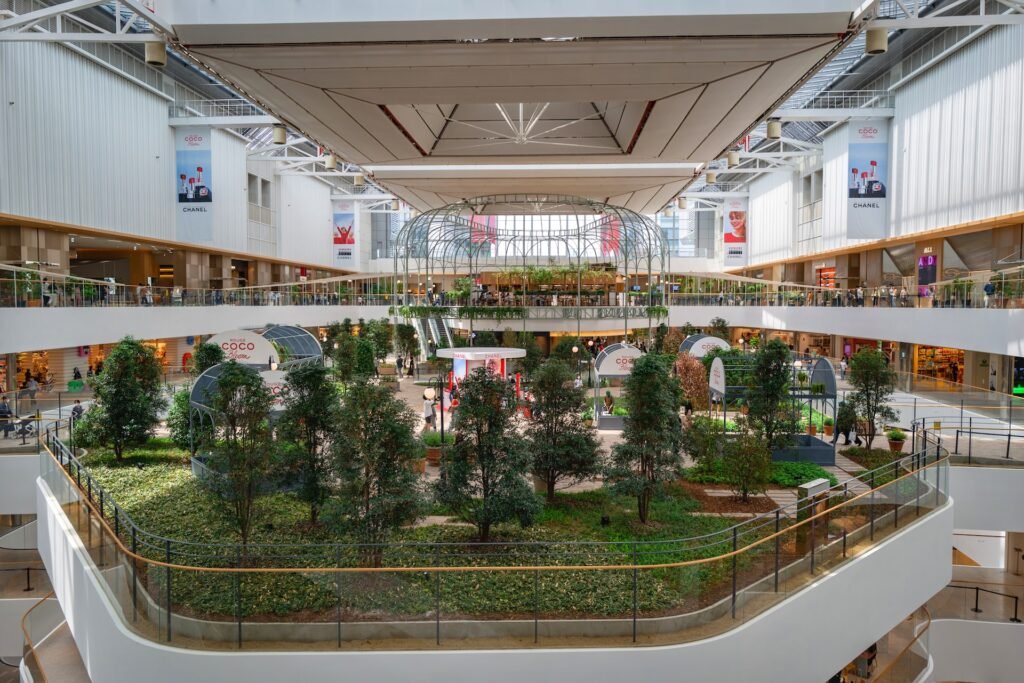
If you run a shopping mall, you should always be looking for new ways to improve the experience for both shoppers and retail tenants. One of the easiest ways to do this is to integrate shopping mall indoor mapping software from Mappedin or another similar company to help shoppers find their way around.
It may sound very simple, but helping shoppers easily navigate your shopping mall has a multitude of benefits that are good for you, your retail tenants, and the customers. Here we run down 5 ways that indoor navigation systems help shopping malls to thriving.
Let’s get to it!
1. Improved experience for shoppers
First things first, you need to keep your shoppers happy. Without happy shoppers, you have no mall to run. An indoor navigation system makes it easy for people to find the stores they want to visit, especially if they’re not familiar with the layout of the mall.
You can provide shoppers with visual step-by-step directions and 3D maps to help people see where their favourite stores are located and hopefully notice some other stores they want to visit on the way.
The better an experience the shopper has, the more likely they are to buy and the more likely they are to come back.
2. It’s an opportunity to showcase stores and deals
If you’ve got an underperforming store in a part of your mall which doesn’t get as much foot traffic, you might want to advertise it clearly on your indoor navigation screens. People may not have known that the store was there and will go out of their way to visit it, passing many other stores along the way.
You can also use these screens as an opportunity to advertise deals and sales running at stores in your mall, encouraging shoppers to check out the deals and spend more money.
3. Your rental values are likely to go up
Indoor navigation systems in shopping malls usually lead to a better shopping experience, which in turn leads to more return shoppers who are keen to spend their money.
The more people who regularly shop in your mall, the more you are able to demand higher rental prices for retail units in your space.
It’s a simple concept, but improving the shopping experience is a win-win for everyone.
4. They can help people with disabilities to find their way around
If you’ve got shoppers who are deaf or blind to some degree, indoor navigation systems in shopping malls are a great way for them to find the stores they need without having to ask anyone.
For instance, people with hearing problems can see visual directions on a map (they cannot easily ask someone for directions) and those with sight problems may be able to use voice commands to have the system speak directions to them.
It’s very important to make your shopping mall accessible for those with disabilities, and this is one of the easiest ways to go about it.
5. It makes your mall look good!
Surely you want your mall to look like it’s modern and stay up to date with the latest trends, right? A shopping mall that refuses to change and evolve is doomed to fail in the long run.
By showing that your mall is innovative and forward-thinking, you’re more likely to attract high-value retail tenants and thereby attract high-value shoppers.
No matter the price range of the stores in your shopping mall, it’s important to maintain a good public image.
So there we have it! Hopefully, these 5 things have helped you to see the potential of investing in indoor navigation software for your shopping mall.
